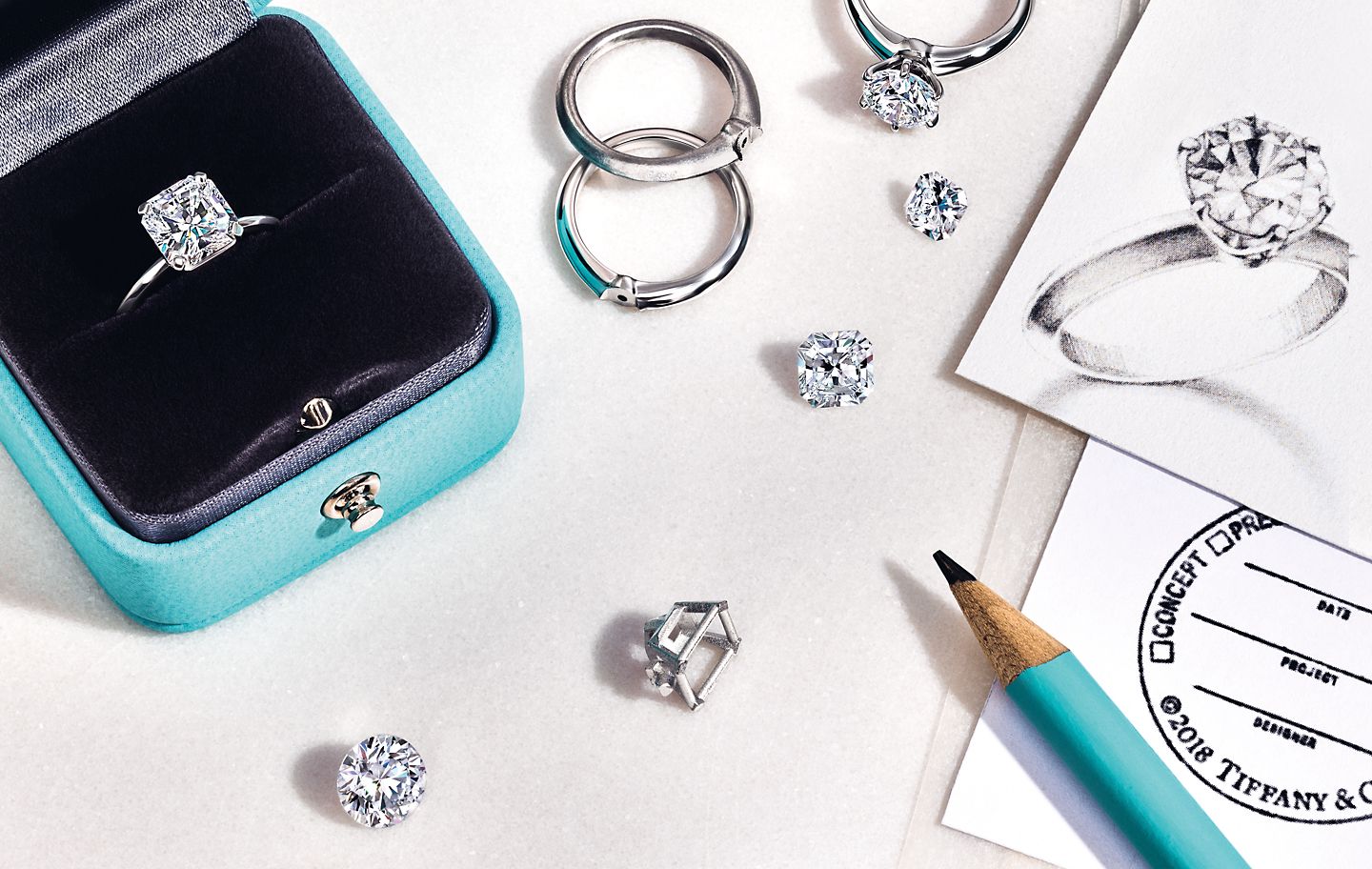Unlocking Brilliance: The 4Cs of Lab Diamonds
Introduction
Welcome to the future of luxury and sustainability in jewelry! In this article, we delve into the fascinating world of lab diamonds, exploring their creation, characteristics, and why they’re becoming a sought-after choice for conscientious consumers. Join us as we uncover the 4Cs of lab diamonds—Color, Clarity, Cut, and Carat—and how they influence the brilliance and value of these stunning gems.
What are Lab Diamonds?
Defining Lab Diamonds
Before we dive into the 4Cs lab diamonds, let’s understand what lab diamonds are. Unlike traditional diamonds formed over millions of years beneath the Earth’s surface, lab diamonds are created in controlled laboratory environments using advanced technological processes. These diamonds possess the same chemical composition and physical properties as natural diamonds but are ethically and sustainably produced.
The 4Cs of Lab Diamonds
1. Color
Color plays a crucial role in determining a diamond’s beauty and value. In lab diamonds, color grading follows the same scale as natural diamonds, ranging from D (colorless) to Z (light yellow or brown). Unlike natural diamonds, lab-grown diamonds often exhibit minimal to no color, making them exceptionally rare and highly desirable.
Color Grades in Lab Diamonds
Understanding the nuances of color grades is essential for selecting the perfect lab-grown diamond. While some prefer the icy brilliance of colorless diamonds (D-F), others appreciate the warmth and character of near-colorless (G-J) diamonds. With lab diamonds, you have the flexibility to choose the color grade that best suits your style and preferences.
2. Clarity
Clarity refers to the presence of internal flaws (inclusions) and surface blemishes (blemishes) within a diamond. Lab diamonds typically have fewer inclusions than natural diamonds, thanks to the controlled growth environment. This results in exceptional clarity and transparency, allowing light to pass through the gem unimpeded, enhancing its brilliance.
Clarity Grades in Lab Diamonds
Lab diamonds are graded using the same clarity scale as natural diamonds, ranging from Flawless (no inclusions or blemishes visible under 10x magnification) to Included (inclusions visible to the naked eye). Opting for a higher clarity grade ensures a diamond that sparkles with unparalleled clarity and brilliance.
3. Cut
The cut of a diamond refers to its proportions, symmetry, and polish—the elements that determine its brilliance and fire. Lab diamonds are expertly cut using precision machinery and advanced techniques to maximize their optical properties. A well-cut lab diamond reflects and refracts light with exceptional efficiency, resulting in a mesmerizing display of brilliance and sparkle.
Popular Diamond Cuts for Lab Diamonds
From classic round brilliants to fancy shapes like princess and emerald cuts, lab diamonds come in a variety of shapes and styles to suit every taste and preference. Each cut accentuates the diamond’s unique characteristics, lab made diamonds, allowing you to find the perfect match for your engagement ring, necklace, or earrings.
4. Carat
Carat weight is perhaps the most familiar aspect of diamond grading, referring to the diamond’s size and weight. While natural diamonds are often prized for their rarity and size, lab diamonds offer an affordable alternative without compromising on quality or beauty. With lab diamonds, you can choose the carat weight that fits your budget and style, whether you prefer a delicate accent stone or a statement centerpiece.
Maximizing Value with Carat Weight
When selecting a lab-grown diamond, consider how carat weight affects both price and visual impact. While larger diamonds may command higher prices, opting for a slightly smaller carat weight can offer better value without sacrificing brilliance. It’s all about finding the right balance between size, quality, and budget.
The Advantages of Choosing Lab Diamonds
Ethical and Sustainable
By choosing lab diamonds, you’re making a conscious decision to support ethical and sustainable practices in the jewelry industry. Lab-grown diamonds require minimal environmental impact and eliminate the need for diamond mining, reducing the carbon footprint associated with traditional diamond extraction.
Exceptional Value
Lab diamonds offer exceptional value compared to their natural counterparts. With lower production costs and fewer overheads, lab-grown diamonds are typically priced at a fraction of the cost of natural diamonds, allowing you to invest in a high-quality gem without breaking the bank.
Customization and Versatility
One of the greatest advantages of lab diamonds is their versatility and customization options. Whether you’re designing a custom engagement ring or selecting the perfect pair of earrings, lab diamonds offer endless possibilities for creativity and personalization. Choose your desired shape, size, color, and setting to create a truly unique piece that reflects your individual style.
Conclusion
In conclusion, lab diamonds offer a dazzling combination of beauty, value, and sustainability. By understanding the 4Cs—Color, Clarity, Cut, and Carat—you can make informed decisions when selecting the perfect lab-grown diamond for any occasion. Embrace the future of fine jewelry with lab diamonds and unlock a world of brilliance that’s both ethical and exquisite.




